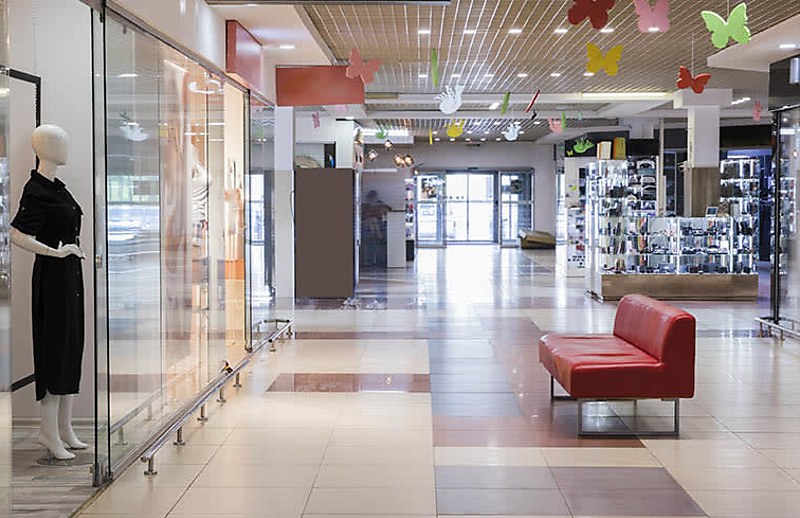Key indicators of small business health have slipped into the critical zone according to the latest Xero data, with sales and jobs growth down but waiting times for payment back to early pandemic levels.
The combination of negatives sent the Xero Small Business Index for January tumbling to 93, a fall of 26 points since November, as the impact of inflation flowed through to the frontline of retail and real estate.
You’re out of free articles for this month
“This latest data from our index shows that Australian small businesses are beginning to feel the impact of cost-of-living pressures on their customers,” Xero Australia country manager Will Buckley said.
“We are seeing a slowdown in sales that will be putting pressure on small businesses who are recovering from a demanding few years. This then flows through to their capacity to increase wages and attract staff.”
Based on aggregated and anonymised transactions from hundreds of thousands of small businesses, Xero said the index recorded a slowdown on all four of its key metrics.
With inflation at 7.8 per cent against sales growth of 7.2 per cent, sales volumes declined in real terms and fell substantially compared to the 11.1 per cent rise in November.
Xero economist Louise Southall said businesses were selling fewer goods and services than a year ago for the second month in a row, after a fall in real sales in December.
The weakest two industries in January were rental, hiring and real estate (-2.5 per cent year-on-year) and retail (+0.6 per cent) while hospitality (+15.7 per cent) and arts and recreation (+17.1 per cent) bucked the trend.
“The two weaker sectors – real estate and retail – are likely a reflection of the ongoing rises in interest rates on housing activity and discretionary spending,” Ms Southall said.
The softest sales result was in Tasmania (+3.3 per cent year-on-year) while only Victoria (+7.5 per cent) and South Australia (+9.8 per cent) recorded stronger sales growth in January than in December.
At the same time, jobs growth slowed to just 1.6 per cent year-on-year, down from 2.8 per cent in December and wage growth at small businesses recorded its smallest rise in more than two years.
Education recorded the largest fall in jobs, with a decrease of 4 per cent for the year, and construction now employs fewer than a year ago.
Hospitality was the only sector to register wages growth above 4 per cent, at 4.2 per cent.
“Our data suggests that the wage increases being paid by small businesses are not as large as they were as recently as September last year,” Ms Southall said.
“While this may provide some short-term relief for small business owners who struggled with balancing above-average wage increases and rising costs during 2022, it may result in consumers having less disposable income to feed back into small businesses in the medium term.”
Mr Buckley said Xero’s time-to-be-paid data could be a sign of an emerging cash flow squeeze, with small businesses now waiting 23.8 days on average, up from the 23.1 days across 2021-22.
Late payments also rose 1.2 days to 7.7 days – the highest since July 2020.
“At a time when small businesses are facing numerous economic headwinds, it is crucial for bigger businesses to be paying their invoices on time,” he said.
Philip King
AUTHOR
Philip King is editor of Accountants Daily and SMSF Adviser, the leading sources of news, insight, and educational content for professionals in the accounting and SMSF sectors.
Philip joined the titles in March 2022 and brings extensive experience from a variety of roles at The Australian national broadsheet daily, most recently as motoring editor. His background also takes in spells on diverse consumer and trade magazines.
You can email Philip on: This email address is being protected from spambots. You need JavaScript enabled to view it.

 Login
Login







